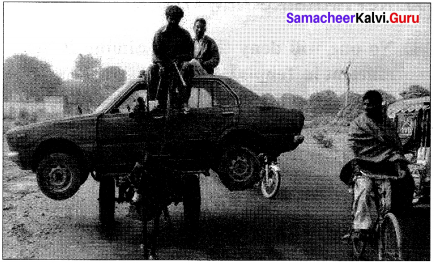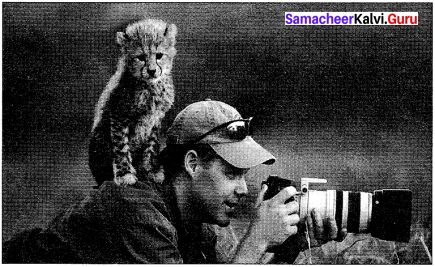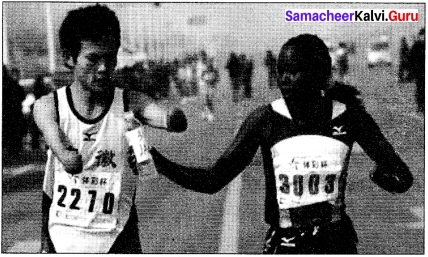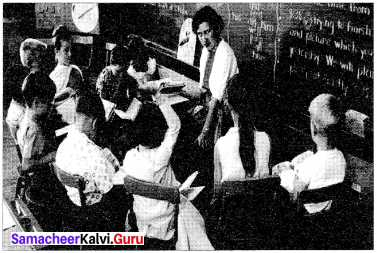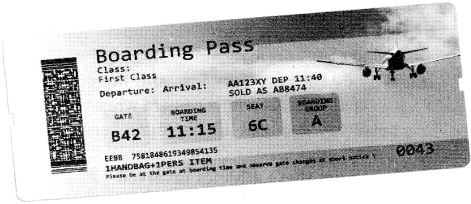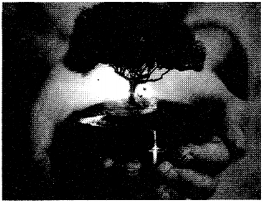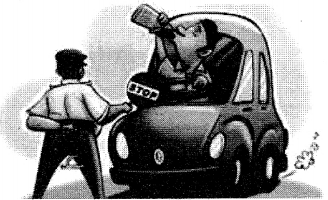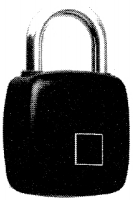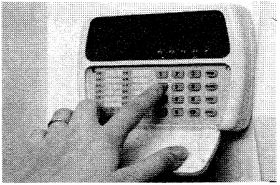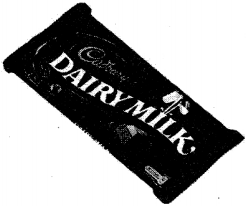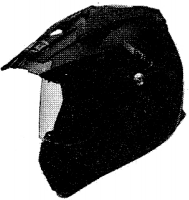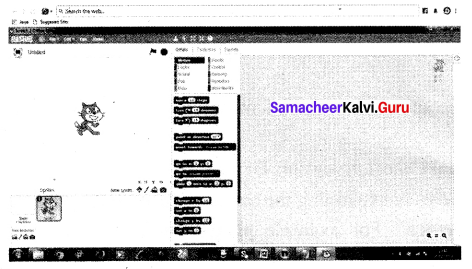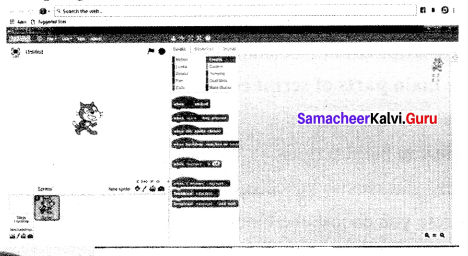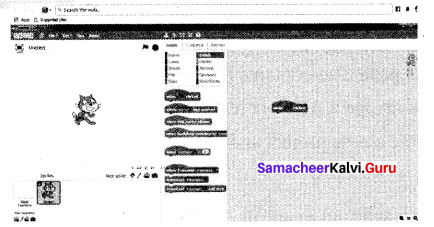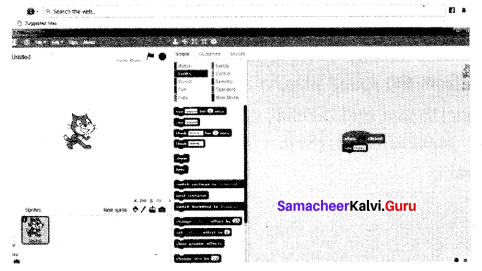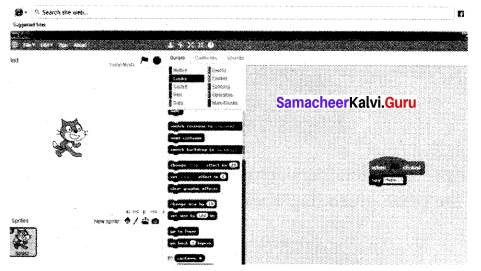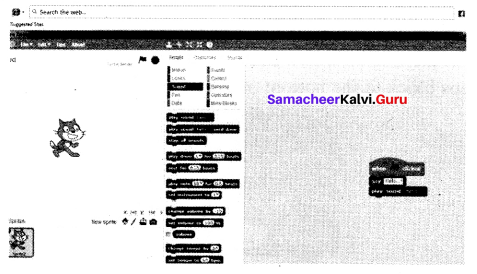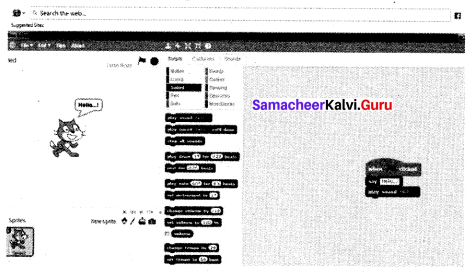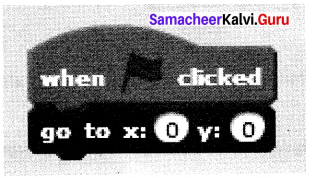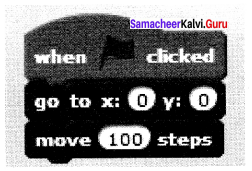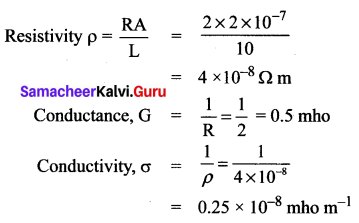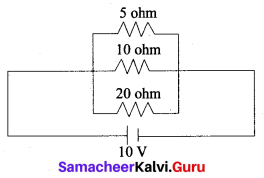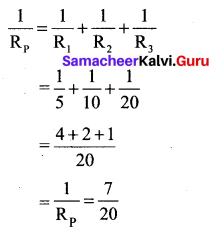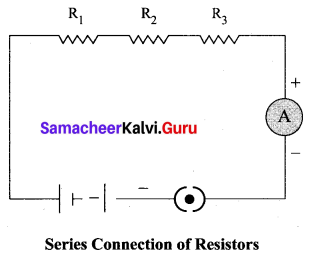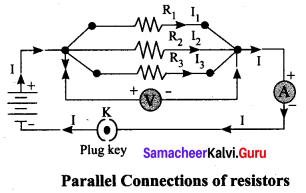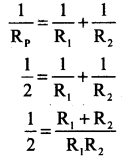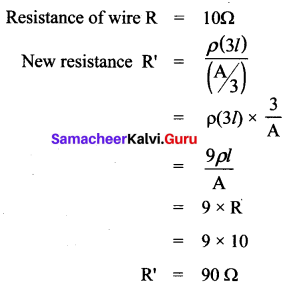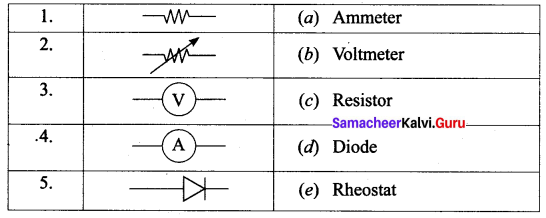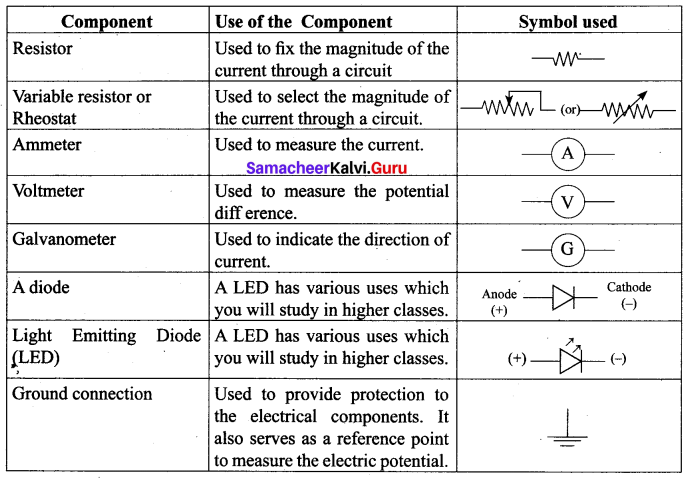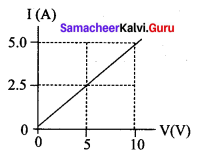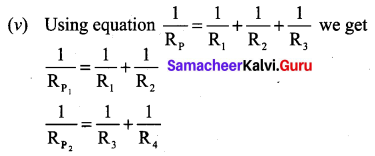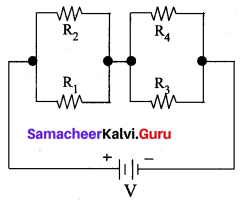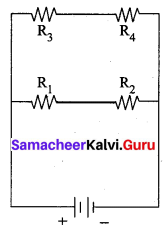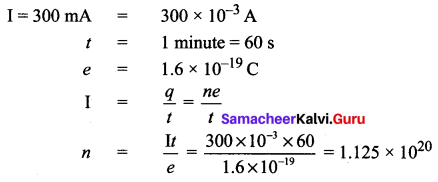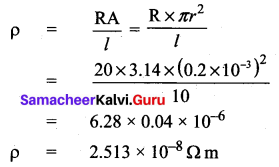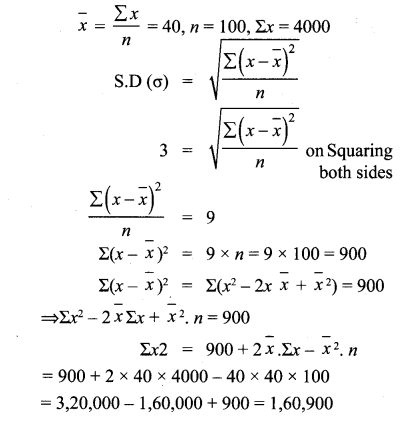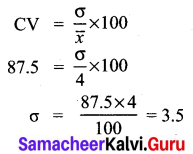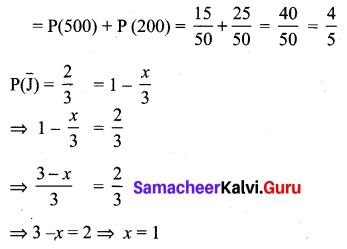Looking to improve English skills and gain more subject knowledge then the best resources that you can use here is Samacheer Kalvi 10th English Solutions for Grammar Active And Passive Voice Questions and Answers.
In the Samacheer Kalvi 10th English Guide for textbook solutions, subject experts covered all types of questions and answers related to the topics, quick notes, summary, solved & unsolved exercises, etc. If you are planning to prepare Chapter via textbook, then you’re suggested to go with this Samacheer Kalvi 10th English Book Solutions Questions and Answers PDF for better understanding and preparation.
Tamilnadu Samacheer Kalvi 10th English Grammar Active And Passive Voice
English Subject experts who are having max years of experience prepared this Tamilnadu State Board Solutions for 10th English Grammar Active And Passive Voice Questions and Answers. They have explained all the topics covered in the board prescribed latest syllabus in a simple way to understand easily. So, students can prepare English from this Samacheer Kalvi 10th English Book Questions and Answers PDF. Download the Tamilnadu State Board 10th English Workbook Answers PDF by accessing the below links and learn properly for the final exams to score well.
There are two ways of expressing an action by using a transitive verb.
Read the following sentences:
- Magesh killed a rat.
- A rat was killed by Magesh..
These two sentences have the same meaning. These are simply two different ways of saying the same thing. There is, however, a shift in stress on the agent and also a change in the form of verb. In sentence (i), the subject ‘Magesh ‘ is the ‘doer of the action. It acts or is active. So the verb ‘killed’ is in active voice.
In sentence (ii), the subject ‘A rat’ is the ‘receiver’ of action. It suffers the action done by someone else (Magesh, in this case). It is acted upon. So the verb ‘was killed’ is in passive voice.
A. Rewrite the following sentences using passive voice:
1. This mango tastes sweet.
This mango is sweet when tasted.
2. The rose smells sweet.
The rose is sweet when smelt.
3. Grass grows over the fields.
The fields are overgrown with grass.
4. It is time to ring the bell.
It is time for the bell to be rung.
5. This bottle contains milk.
Milk is contained in this bottle.
6. One must do one’s duty.
Duty must be done.
7. Your shirt needs washing.
Your shirt needs to be washed.
8. She accused him of theft.
He was accused of theft by her.
9. She might win the match.
The match might be won by her.
10. How will you cross the river?
How will the river be crossed by you?
11. When did you write the letter?
When was the letter written by you?
12. Have you taught the boy?
Has the boy been taught by you?
13. Why did she beat the servant?
Why was the servant beaten by her?
14. Where will you spend your holidays?
Where will your holidays be spent by you?
15. Light the lamp.
Let the lamp be lighted.
16. People harvest water during the rainy season.
Water is harvested by people during the rainy season.
17. Rekha has forgotten the answer to the first question. She is answering the last question now.
The answer to the first question has been forgotten by Rekha. Now, the last question is being answered by her.
18. He does not obey his teachers.
His teachers are not obeyed by him.
19. I shall help him.
He will be helped by me.
20. You will not disturb me.
I shall not be disturbed by you.
B. Rewrite the following sentences using active voice:
I. By whom are you taught Physics?
Who teaches you Physics?
2. What was bought by her?
What did she buy?
3. By whom will the bill be paid?
Who will pay the bill?
4. A letter was being written by him.
He was writing a letter.
5. My work was not being done by me.
I was not doing my work.
6. Was hockey being played by the children?
Were the children playing hockey?
7. The food had already been cooked by her.
She had already cooked the food.
8. By whose team had the match been won?
Whose team had won the match?
9. You are requested to post this letter.
Please post this letter.
10. You are advised to work hard.
Work hard.
11. Was the window broken by him?
Did he break the window?
12. What is wanted by you?
What do you want?
13. The match might be won by her.
She might win the match.
14. My proposal was objected to by her.
She objected to my proposal.
15. His request was acceded to by us.
We acceded to his request.
16. It is said that he is a rich man.
People say that he is a rich man.
17. I am surprised at your behavior.
Your behavior surprises me.
18. Milk is contained in this bottle.
This bottle contains milk.
19. Is French spoken by them?
Do they speak French?
20. From where was this pen bought by you?
Where did you buy this pen from?
We hope the data given here will benefit you to the fullest extent at the time of preparation. For better understanding of English subject this Samacheer Kalvi 10th English Answers for Class 10th English Grammar Active And Passive Voice PDF is the best resource. Download & ace up your preparation. Keep in touch with us and get the latest information on Tamilnadu State board Textbook Answers PDF.
